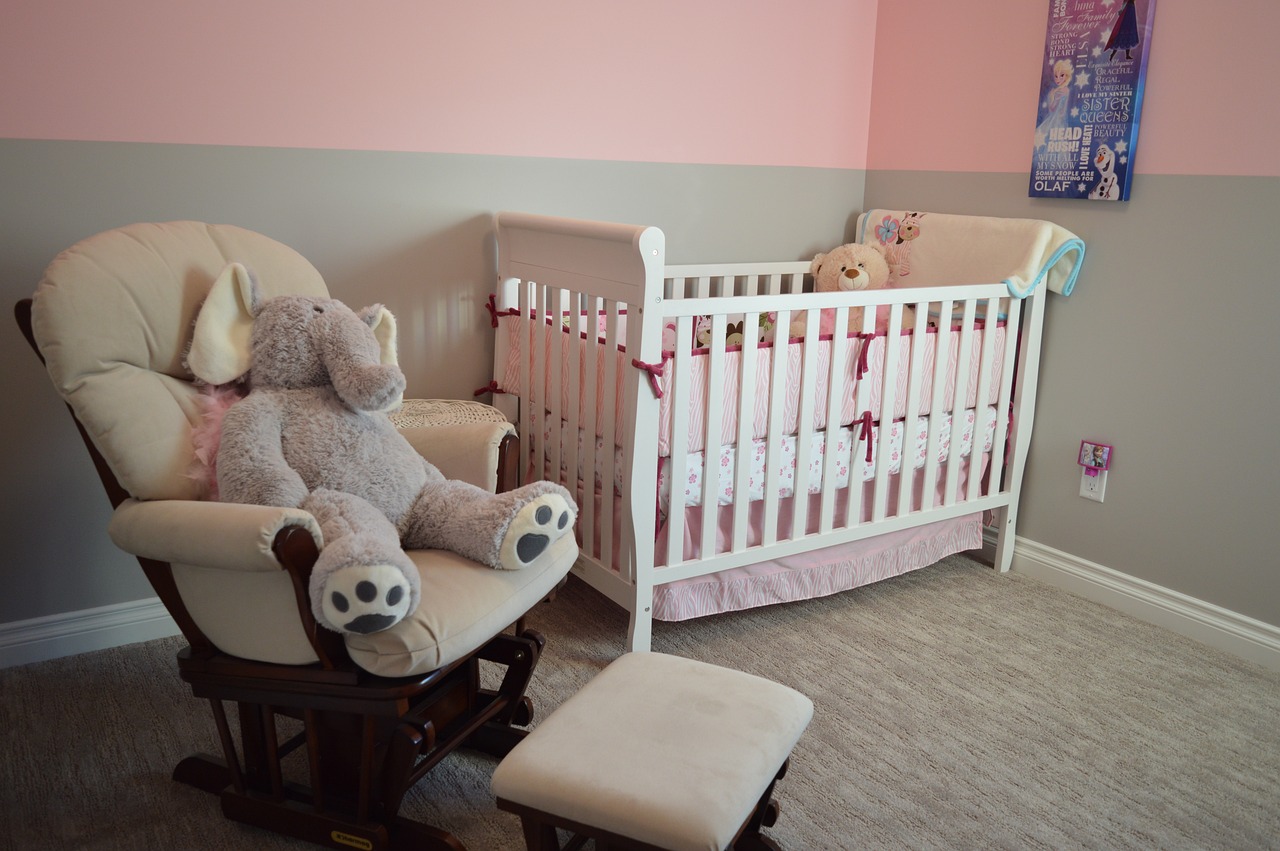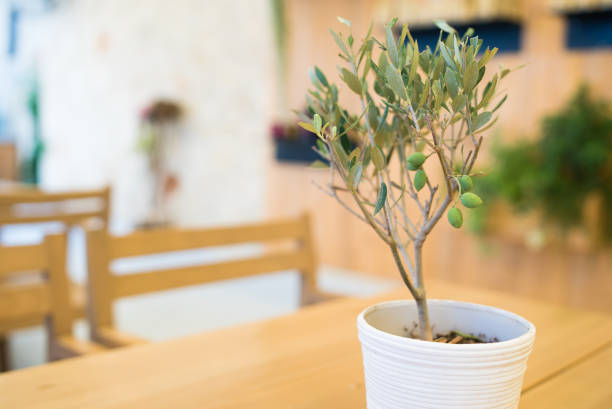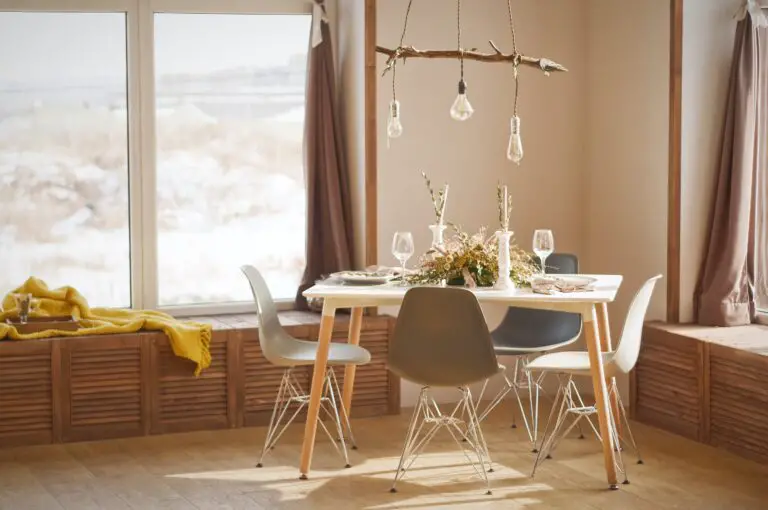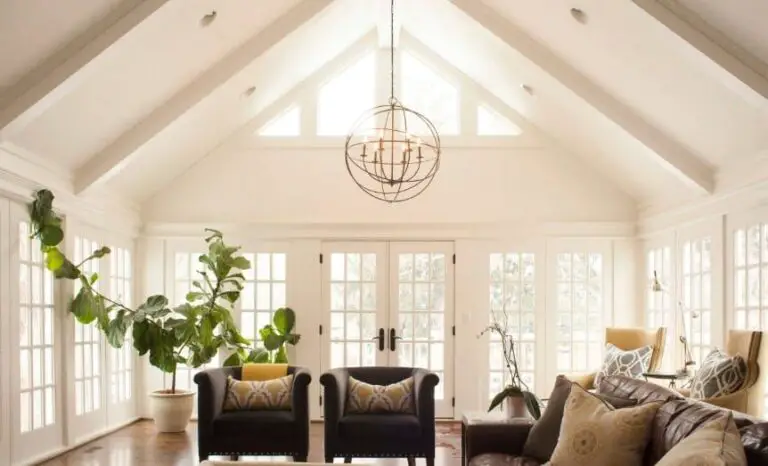Crafting the Perfect Nursery: Top 10 Design Tips
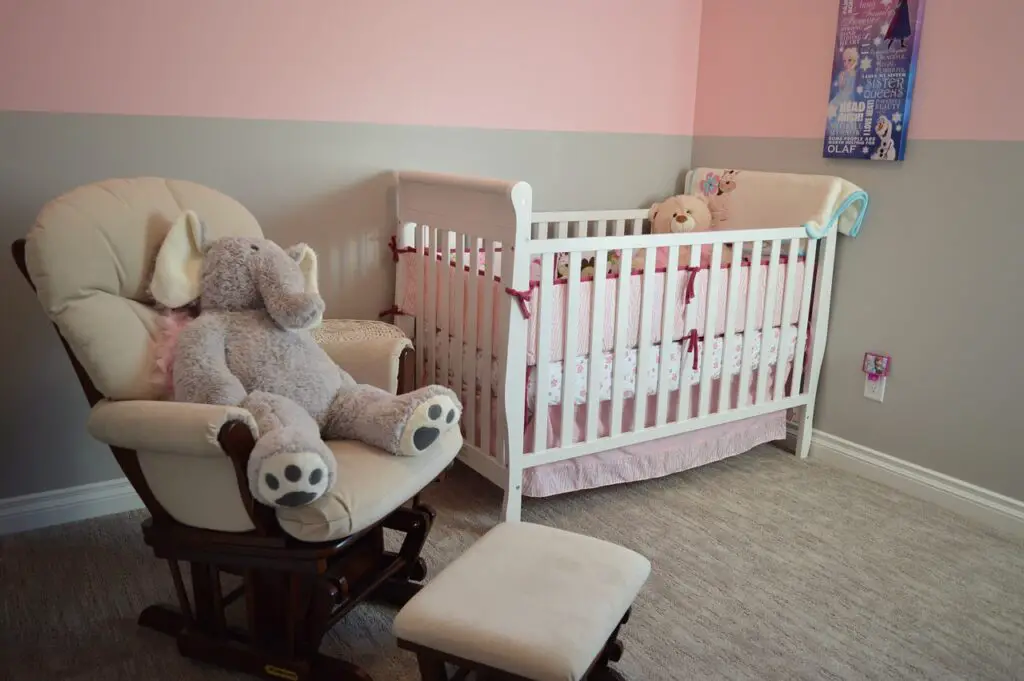
Designing a nursery for your baby is an exciting and heartwarming endeavor. It’s a space where your little one will spend countless hours growing, playing, and dreaming. To ensure your nursery is functional and aesthetically pleasing, we’ve compiled a list of top 10 design tips to help you create a haven for your baby.
1. Start with a Clear Vision:
Before diving into the world of nursery design, take some time to envision the atmosphere you want to create. Think about colors, themes, and overall aesthetics. Do you prefer a soft, serene space or something more vibrant and playful? Having a clear vision will guide your choices throughout the design process.
2. Prioritize Safety:
Safety should always be the top concern in a nursery. Ensure that the crib meets safety standards, keep cords and curtain pulls out of reach, and anchor furniture to the wall to prevent accidents. Install safety covers on outlets, and avoid placing small objects within your baby’s reach.
3. Choose a Calming Color Palette:
Opt for soothing and neutral colors for the nursery walls and furniture. Soft pastels, muted grays, or gentle earth tones can create a serene and relaxing environment. Remember that your baby will spend a lot of time in this room, so it’s essential to maintain a peaceful atmosphere.
4. Invest in Quality Furniture:
Selecting durable and functional furniture is crucial for your nursery. An essential item is a comfortable rocking chair or glider for late-night feedings, a spacious changing table with ample storage, and a well-constructed crib. Look for pieces that can grow with your child or have multiple functions.
5. Include Personal Touches:
Make the nursery feel like a reflection of your family by adding personal touches. Display family photos, create custom artwork, or incorporate sentimental items that hold meaning for you and your baby. These touches will add warmth and personality to the space.
6. Focus on Lighting:
Pay attention to lighting options in the nursery. Use blackout curtains to regulate daylight for naptime, and opt for soft, adjustable lighting for nighttime feedings and diaper changes. Avoid harsh overhead lights that can be too bright for your baby’s sensitive eyes.
7. Embrace Versatility:
Choose furniture and decor that can adapt to your baby’s changing needs. A convertible crib that transforms into a toddler bed, a changing table that doubles as a dresser, or modular storage units can save money and space as your child grows.
8. Consider the Flooring:
Select flooring that is easy to clean and maintain. Hardwood or laminate floors with area rugs are practical choices as they are easy to wipe clean and provide a soft surface for playtime. Ensure any rugs have a non-slip backing for safety.
9. Create a Nursing and Feeding Area:
If you plan to breastfeed or use baby formula, designate a comfortable corner for feeding. A cozy chair or glider with proper lumbar support, a small table for supplies, and a nearby shelf for bottles and formula will make feeding time more convenient.
10. Stay Organized:
Maintaining an organized nursery is essential for both aesthetics and functionality. Use storage bins, baskets, and shelves to arrange baby essentials, toys, and clothing neatly. Regularly declutter and donate items your baby has outgrown to ensure the room stays tidy and efficient.
Incorporating these design tips into your nursery project will help you create a space that is not only beautiful but also practical and safe for your baby. Remember that the nursery is where you and your baby will bond and create cherished memories, so make it reflect your love and care. Enjoy the journey of crafting the perfect nursery for your little one!

